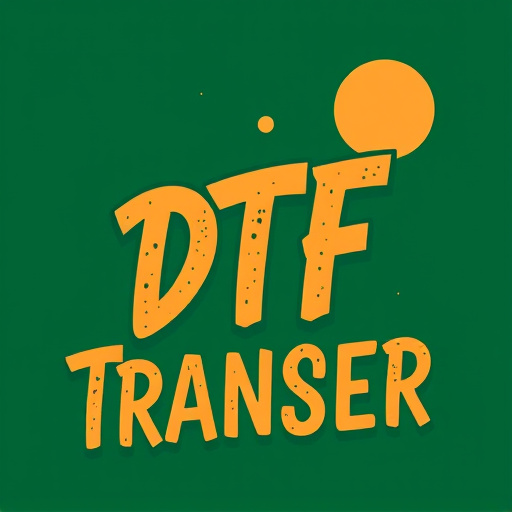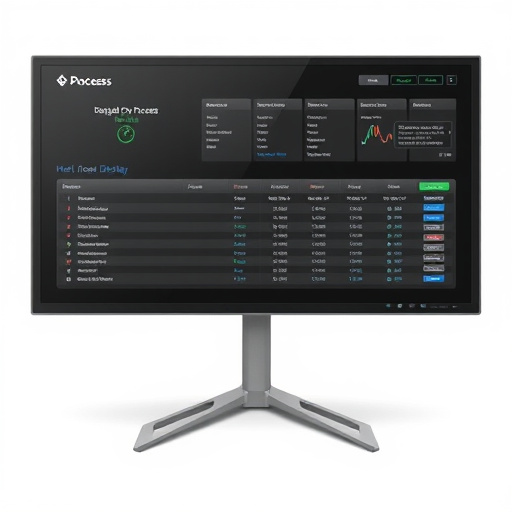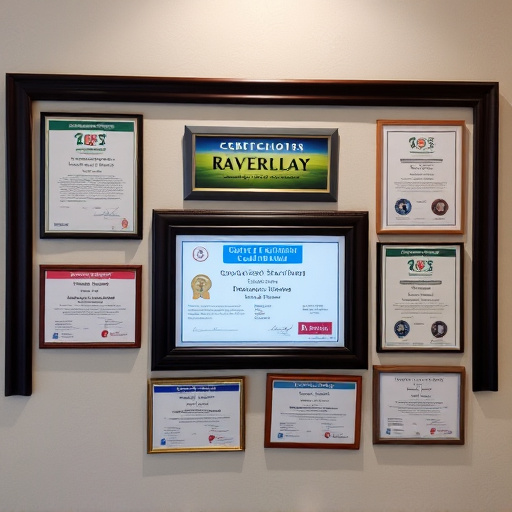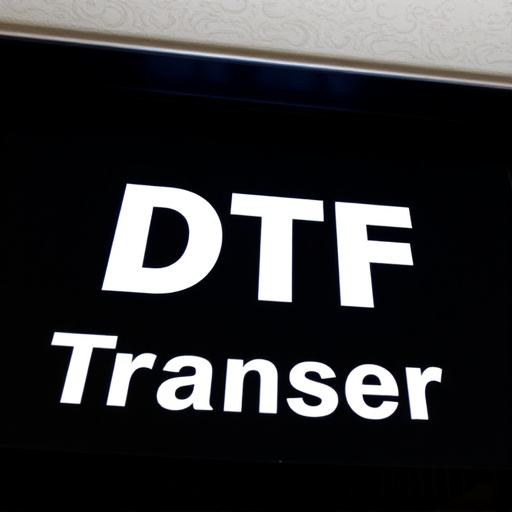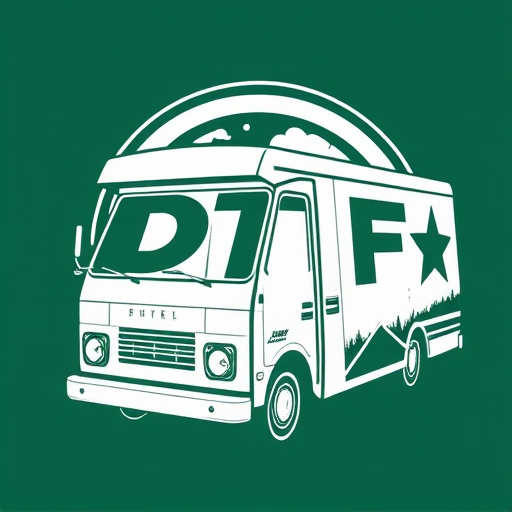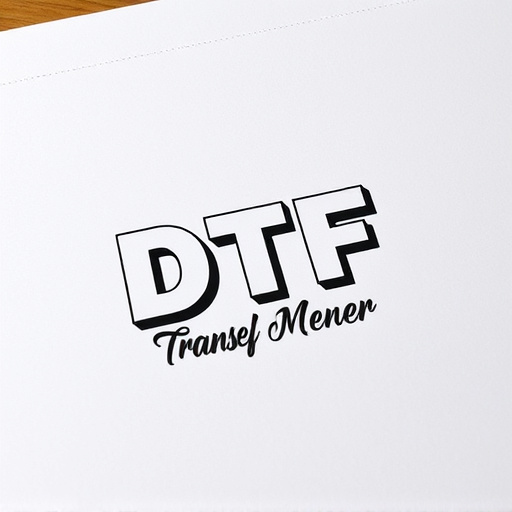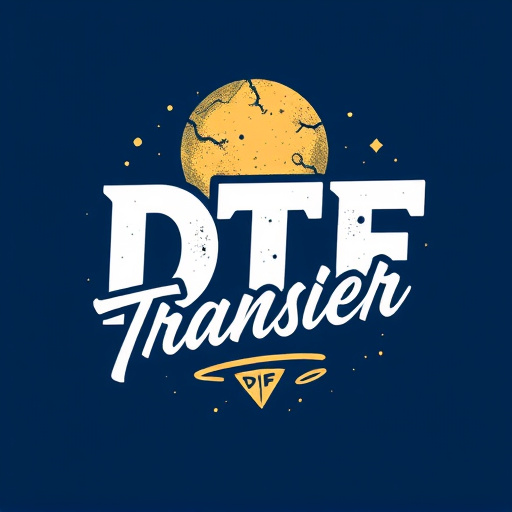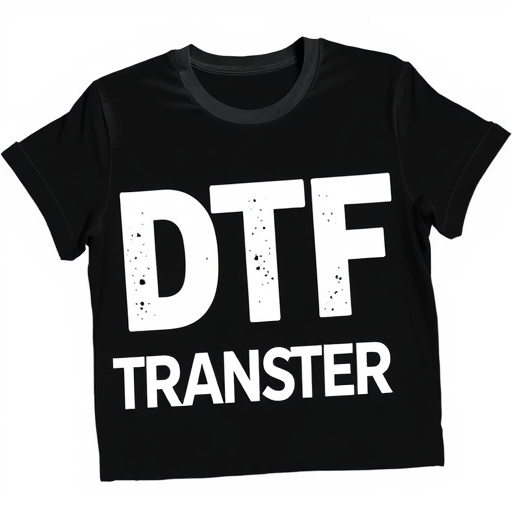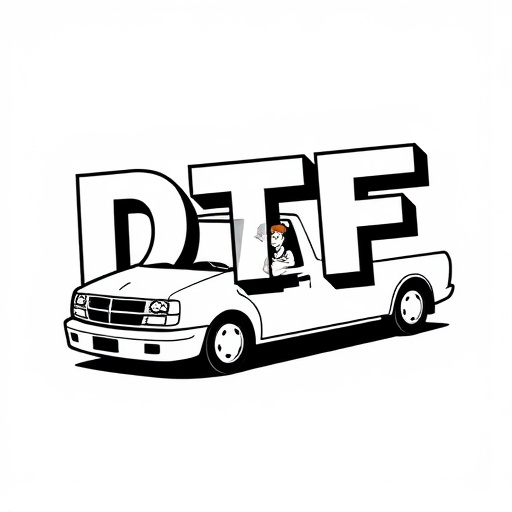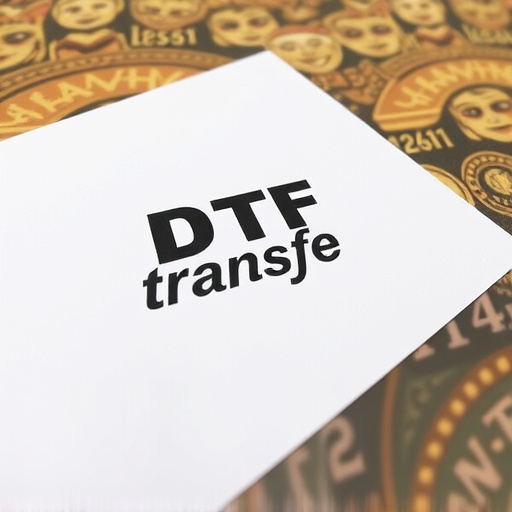Direct-to-Film (DTF) transfers are a revolutionary method for converting digital media into film format, offering efficiency, cost savings, and flexible minimum order requirements. Ideal for independent creators and small productions, these transfers streamline distribution and preservation while preserving colors, contrast, and texture. DTF technology eliminates traditional printing methods, reduces time and error potential, and caters to diverse sectors like media, advertising, graphic design, and fashion. With ongoing technological advancements, DTF transfers are poised to become a go-to solution for personalized and small batch productions.
“Direct-to-film (DTF) transfers are transforming content creation, eliminating the barrier of minimum quantity requirements. This innovative service allows independent creators to convert their digital assets into physical films with ease and efficiency. In this comprehensive guide, we’ll explore the world of DTF transfers, from understanding the process to uncovering its advantages and industry applications. By delving into these aspects, you’ll gain valuable insights into how DTF transfer services can empower your creative journey.”
- Understanding Direct-to-Film (DTF) Transfers: An Overview
- Benefits of DTF Transfer Services for Independent Creators
- How DTF Transfers Work: The Process Unveiled
- Choosing the Right Service Provider for High-Quality Results
- Common Use Cases and Industries Adopting DTF Technology
- Future Prospects: Trends Shaping Direct-to-Film Transfers
Understanding Direct-to-Film (DTF) Transfers: An Overview

Direct-to-Film (DTF) transfers are a cutting-edge process that enables the conversion of digital media directly into film format, eliminating the need for intermediate steps and traditional printing methods. This innovative technique has revolutionized the way content creators and filmmakers approach distribution and preservation. By bypassing the conventional film development process, DTF transfers offer a more efficient and cost-effective solution.
The process involves scanning high-resolution digital images or frames at an extremely high frame rate, capturing every detail with precision. These scanned frames are then processed through specialized software that interprets the data and recreates the original content on film stock. This method ensures a faithful reproduction of colors, contrast, and texture, resulting in a final product that is virtually indistinguishable from traditional film. DTF transfers are particularly advantageous for short-run or custom orders, as they don’t require substantial minimum quantities like some other services.
Benefits of DTF Transfer Services for Independent Creators

For independent creators, especially those working in niche or specialized fields, accessing direct-to-film (DTF) transfer services offers a multitude of advantages. One of the key benefits is the ability to have their content professionally transferred without the need to meet minimum quantity requirements. This democratizes access to high-quality film transfers, enabling independent filmmakers and content creators to preserve and share their work with ease.
Additionally, DTF transfer services often provide cost-effective solutions that fit within tight budgets. By eliminating the need for expensive equipment or specialized facilities, these services offer a convenient and affordable path to ensuring their creative efforts are preserved for future generations. This accessibility fosters innovation and encourages more independent creators to explore and share their unique stories on film.
How DTF Transfers Work: The Process Unveiled

Direct-to-film (DTF) transfers are a cutting-edge process that brings your digital content to physical media without any minimum order requirements. This innovative service streamlines the duplication process, making it accessible for individuals and businesses alike. The journey begins with high-quality digital files, whether they’re video, audio, or data, which are then prepared for transfer using specialized software.
In this method, the digital data is converted into a format compatible with the chosen film stock. Once ready, the data is burned or printed directly onto the film, ensuring a precise and faithful reproduction of your content. This process eliminates the need for intermediate steps, such as creating master discs or pressing stamps, which significantly reduces time and potential sources of error. As a result, DTF transfers offer an efficient, cost-effective solution for those seeking to preserve or distribute their media content without bulk ordering constraints.
Choosing the Right Service Provider for High-Quality Results
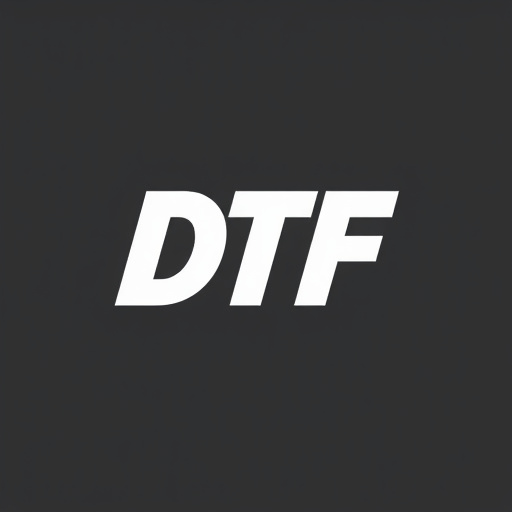
When selecting a service provider for direct-to-film (DTF) transfers, it’s paramount to prioritize quality and expertise. Not all providers are created equal, so it’s essential to conduct thorough research. Look for companies that specialize in DTF transfers and have a proven track record of delivering high-quality results. Check their portfolio and customer reviews to gauge their consistency and attention to detail.
Additionally, consider the technology they employ. Advanced equipment and cutting-edge techniques ensure precise and accurate transfers, preserving the original film’s integrity. Reputable service providers also offer customization options, allowing you to tailor the transfer process to your specific needs. This level of personalization can make all the difference in achieving exceptional outcomes for your film projects.
Common Use Cases and Industries Adopting DTF Technology
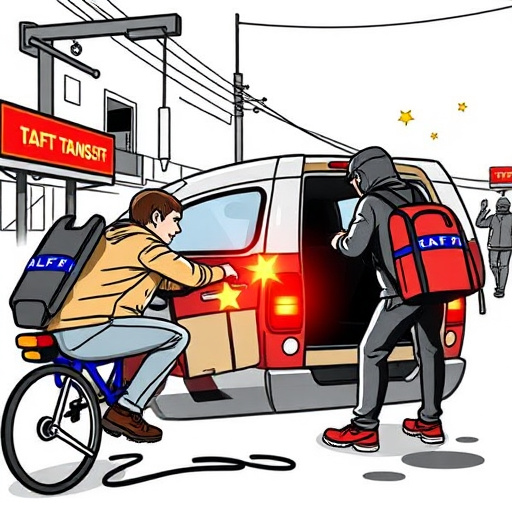
Direct-to-film (DTF) technology has gained traction across various industries due to its versatility and efficiency in different use cases. One of the primary applications is in the media and entertainment sector, where DTF transfers are used for quick and high-quality reproduction of film and video content. This is particularly beneficial for independent filmmakers and small production houses that require short runs or custom prints without the constraints of traditional printing methods.
Additionally, industries such as advertising, graphic design, and even fashion are adopting DTF technology. For instance, advertisers may utilize DTF transfers to create personalized promotional materials or limited-edition merchandise. Graphic designers can offer fast turnaround times for custom art prints or posters, catering to niche markets and trends. In the fashion industry, DTF printing enables small-batch production of unique textile designs, allowing fashion designers to bring their creative visions to life efficiently.
Future Prospects: Trends Shaping Direct-to-Film Transfers
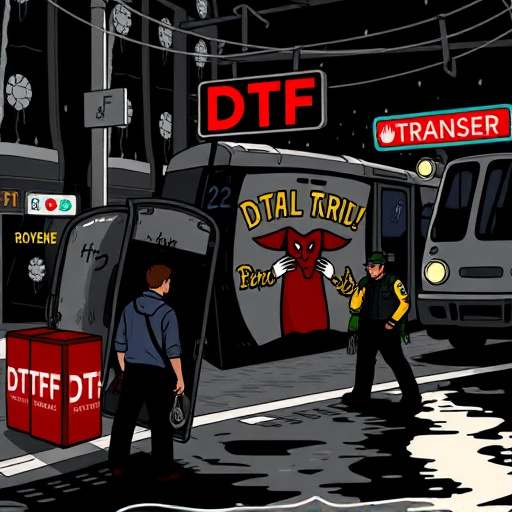
The future of direct-to-film (DTF) transfers looks promising, driven by several emerging trends. One key trend is the increasing demand for personalized and small batch productions, where traditional printing methods fall short. DTF transfers offer a perfect solution here, enabling businesses to cater to individual customer preferences without the need for large order volumes. This shift towards customization is expected to grow as consumers seek unique, tailored products.
Additionally, technological advancements in inkjet printing technology are pushing the boundaries of what’s possible with DTF transfers. Higher resolution prints, improved color accuracy, and faster production times are becoming the norm, enhancing the overall quality and appeal of DTF applications. These innovations position DTF transfers as a versatile and competitive option across various industries, from fashion and accessories to home decor and packaging.



